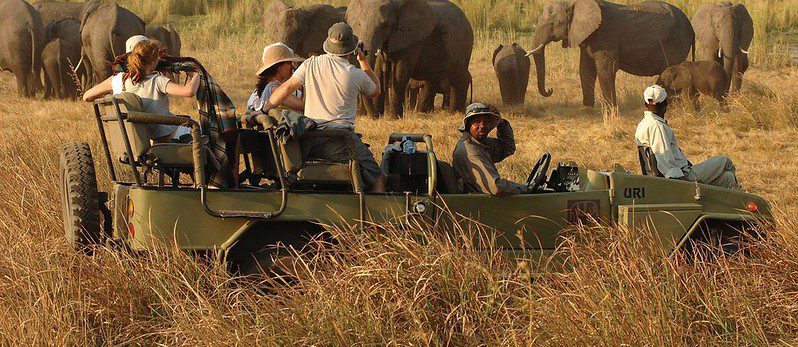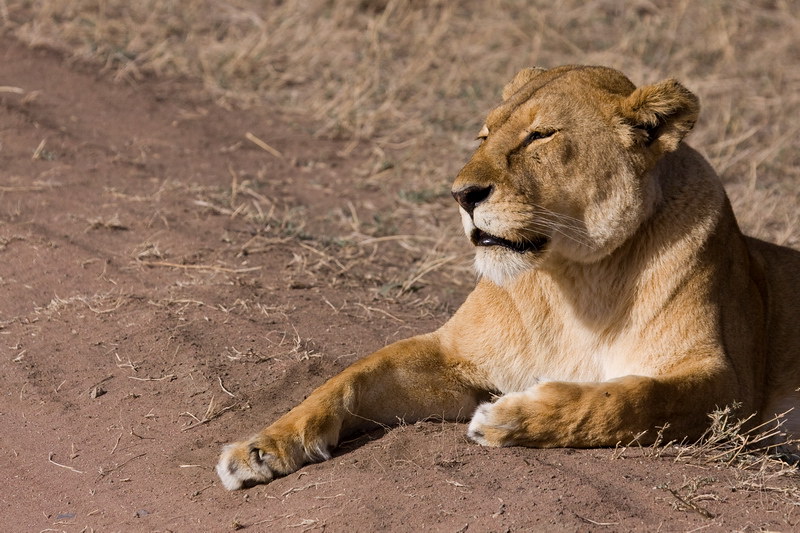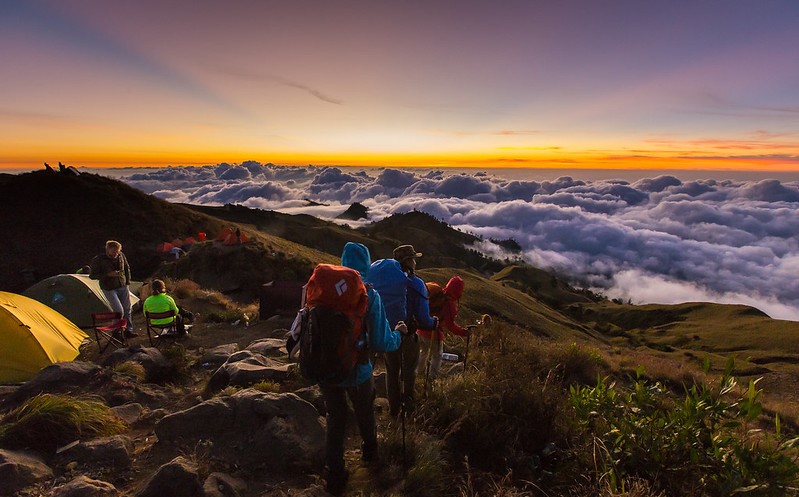Tanzania Wildlife Safari Seasons Embarking on a Tanzania adventure safari is a dream for many wildlife enthusiasts, and choosing the right time of year can significantly enhance the experience. Tanzania is a diverse and stunning country that boasts an array of landscapes and a rich variety of wildlife, making it an ideal destination for an unforgettable safari tour. In this article, we will explore the best time of year to embark on a Tanzania adventure safari, with a special focus on the Tanzania wildlife safari and the awe-inspiring event known as the Great Migration.
Tanzania Adventure Safari Tour: The Great Migration
One of the most captivating events in the natural world, the Great Migration, takes place in Serengeti National Park and the Maasai Mara in neighbouring Kenya. This annual migration sees millions of wildebeest, zebras, and other herbivores traveling in search of greener pastures. To witness this spectacular phenomenon, plan your Tanzania adventure safari between July and October, when the migration is in full swing. During this time, the dramatic river crossings and the sheer magnitude of the animal movement create an unparalleled spectacle for safari-goers.
Tanzania Wildlife Safari Seasons
Understanding the seasons in Tanzania is crucial for planning an optimal safari experience. Tanzania experiences two distinct seasons: the dry season and the wet season. The dry season, which runs from June to October, is considered the best time for a Tanzania wildlife safari. During this period, the vegetation is sparse, and animals congregate around water sources, providing excellent visibility for spotting wildlife.
If you prefer a more lush and green landscape, the wet season from November to May is ideal. While the wildlife is still abundant, the scenery is transformed with vibrant greenery. Keep in mind that the wet season can bring occasional downpours, making some areas challenging to access.
Tanzania Safari Tour Highlights
When planning your Tanzania safari tour, consider visiting the Ngorongoro Crater, a UNESCO World Heritage Site and home to a vast array of wildlife. The Ngorongoro Crater provides a unique setting where animals thrive in a self-contained ecosystem.
Additionally, Tarangire National Park is a must-visit destination, especially during the dry season when the Tarangire River becomes a lifeline for the park’s diverse fauna. Elephants, giraffes, and various predators gather around this water source, creating incredible opportunities for wildlife enthusiasts.



